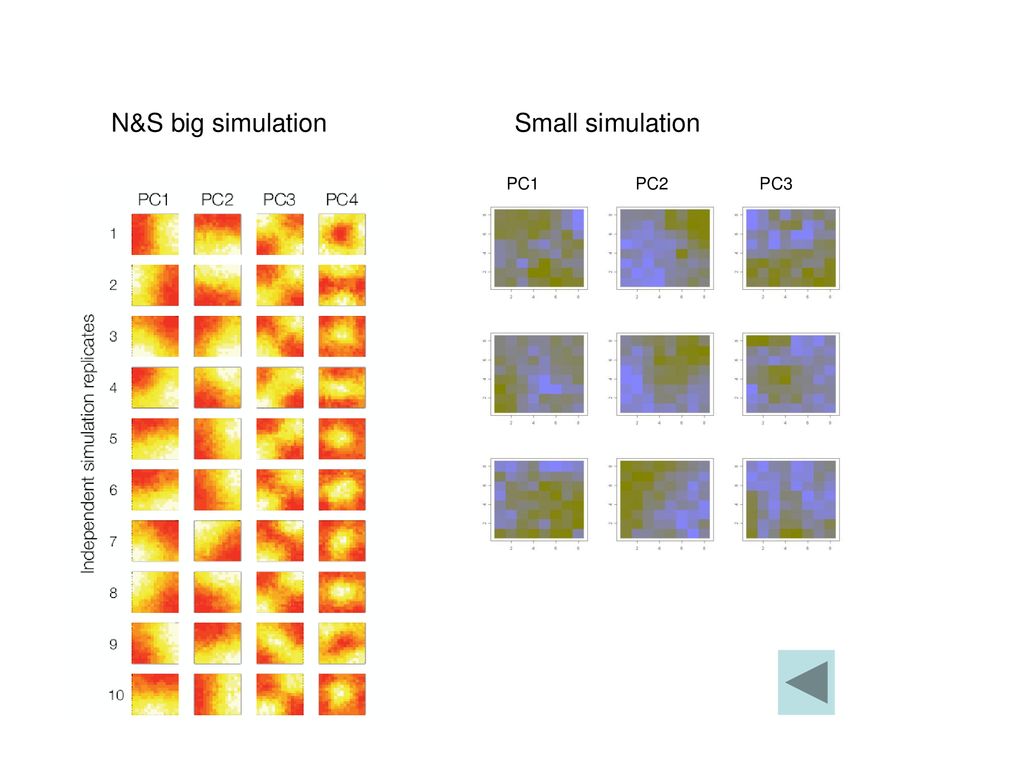
However, the latter service had reduced to twice weekly by the 1960s and once weekly by 1980. The final freight run on these sections was either December 1988 or March 1989. Passenger service on the line and lake ferry finished in 1954. Damage from the 1955 floods on Carpenter Creek ended all traffic east of Denver Canyon. Passenger travel northeast of Rosebery ceased in 1933. įurther information: Kaslo and Slocan Railway The route lost importance with the completion of the southern main line in 1915. Trains were split in half to ascend the steep grade on the Nakusp–Rosebery portion. To avoid difficult grades on the main line, much eastbound freight was diverted to the route during the early 1900s. The combined N&S, ferry, and C&K bypassed this problematic section. Low water and ice on the narrows of the Arrow Lakes made the water route south to Robson (which connected to Nelson and the Trail smelter) unreliable. įrom 1897, the Rosebery– Slocan City ferry southward across Slocan Lake linked to the CP Columbia and Kootenay Railway (C&K). Agreeing to avoid rate wars, a tenuous truce existed. Initially offering lower rates than the N&S, the K&S carried over 80 per cent of Slocan ore, but the proximity of track to the mines determined the carrier in most instances. CP subsequently relocated the station and track from disputed land. That month, K&S crews set loose occupied N&S cars, demolished a bridge, track, a freight shed, and the station, and attacked repair crews. The festering CP and GN antagonism flared up between the N&S and K&S. Arriving in December 1895, regular service began. The advance of the K&S toward Sandon, the vicinity of the most important mines, prompted the N&S to also extend 6.8 kilometres (4.2 mi) to that destination.

Whereas horse packtrains had carried ore from the surrounding mines to New Denver, Three Forks became the new aggregation point. The 58.6-kilometre (36.4 mi) route attracted a $3,200 per mile grant. Progressing southeastward, the rail head from Nakusp reached Rosebery in August 1894 and Three Forks that October. McGillivray, manager of the Inland Development & Construction Co., the principal contractor, commenced work.


 0 kommentar(er)
0 kommentar(er)
